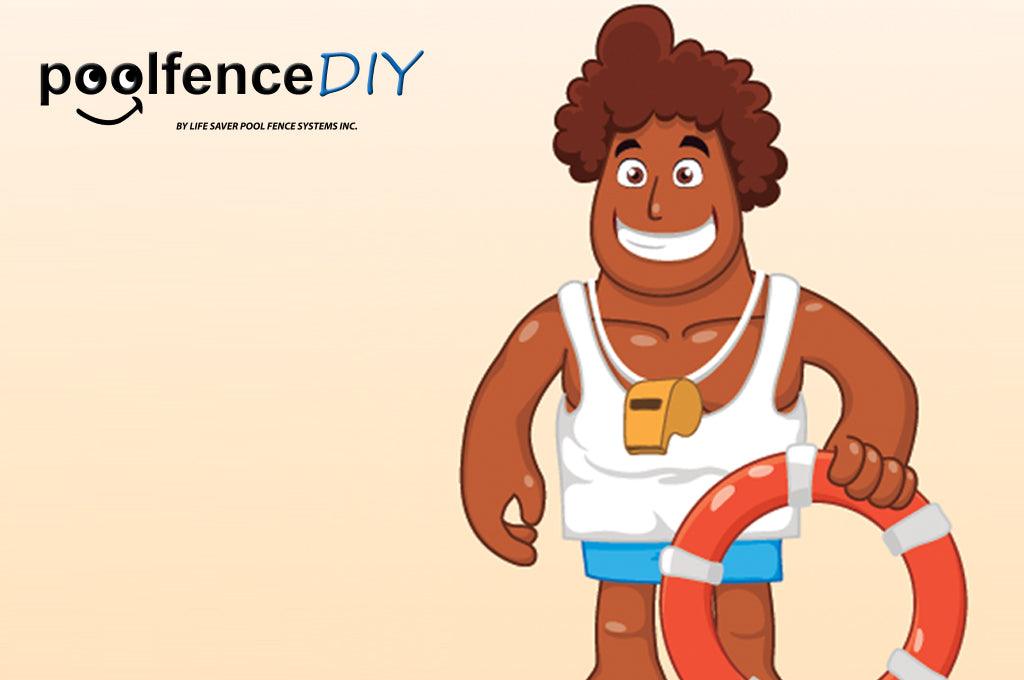active supervision ·
CPR ·
do it yourself pool safety fence ·
drowning ·
labor day ·
lifeguard ·
pool party ·
pool safety ·
DIY Guide: How to Become a Lifeguard

When it comes to water safety, few people know better than a lifeguard. But how do you become a lifeguard? That’s the question we’re tackling today on the Pool Fence DIY blog.
Why Become a Lifeguard?
There are lots of reasons to become a lifeguard. For younger people it’s often a summer job for extra money to pay for school. For others, it’s a lifelong calling. No matter what, it’s one of the most important jobs a person can hold. After all, there’s so much more to lifeguarding than working on your tan and playing in the pool. As you may have guessed, it’s a fair deal more important that that. Swimmers are entrusting their lives and the lives of their children to you. It’s a sacred position that can be enormously rewarding to the right candidate.How Do You Become a Lifeguard?
Before you become a lifeguard you’ll need three things:- Training
- Certification
- A job!
Where to Find Training?
There are many reputable organizations that offer lifeguard training, but we’ll focus on the American Red Cross. In addition to being a nationwide organization, they’re all quite well known. The American Red Cross offers lifeguarding and water safety courses all year long. You’ll be instructed in the necessary skills by trained professionals. We use lifeguard as a catch-all term, but there are really a wide variety of training disciplines. The Red Cross offers several course, including:- Lifeguarding
- Aquatic instructor training
- Safety training for swim coaches, and more.
Lifeguarding
- If you’re looking to become a lifeguard at a beach or pool, this is the course for you.
Aquatic Attraction Lifeguarding
- This course track is designed for participants looking to lifeguard at waterparks or pools. Typically, this focuses on those featuring attractions and a maximum water depth of 3 feet or less.
- Aquatic Attraction Lifeguarding includes the waterpark skills module
Shallow Water Lifeguarding
- Finally, this shallow water lifeguarding course is designed for participants that wish to work at aquatic facilities with a maximum water depth of 5 feet or less.
Become Certified!
Fortunately, certification is often included as part of a training course. Above all, to complete your training, you’ll want to be certified in:- Basic lifeguard training
- CPR
- First Aid




